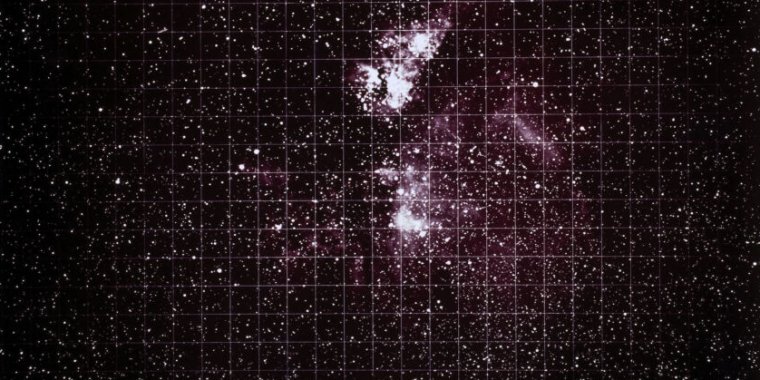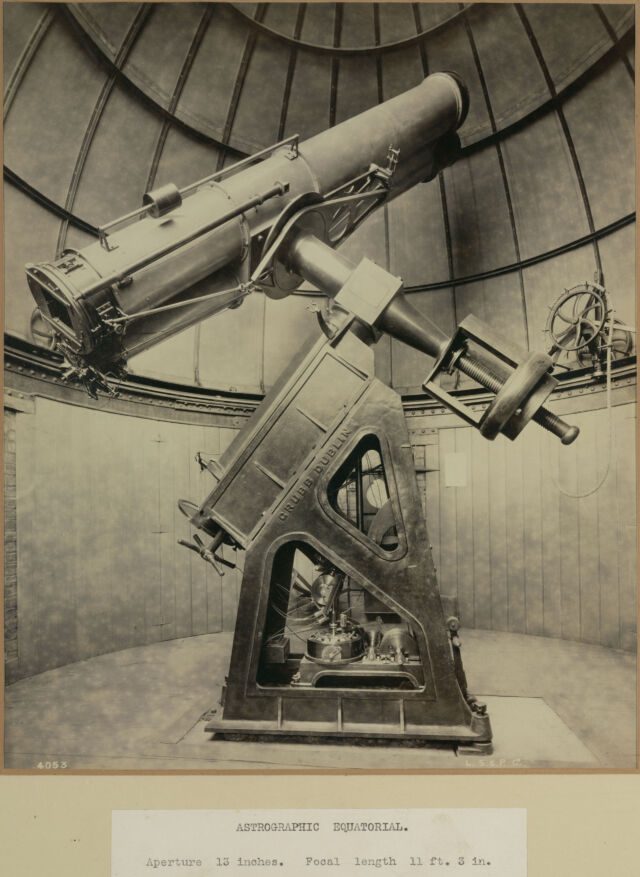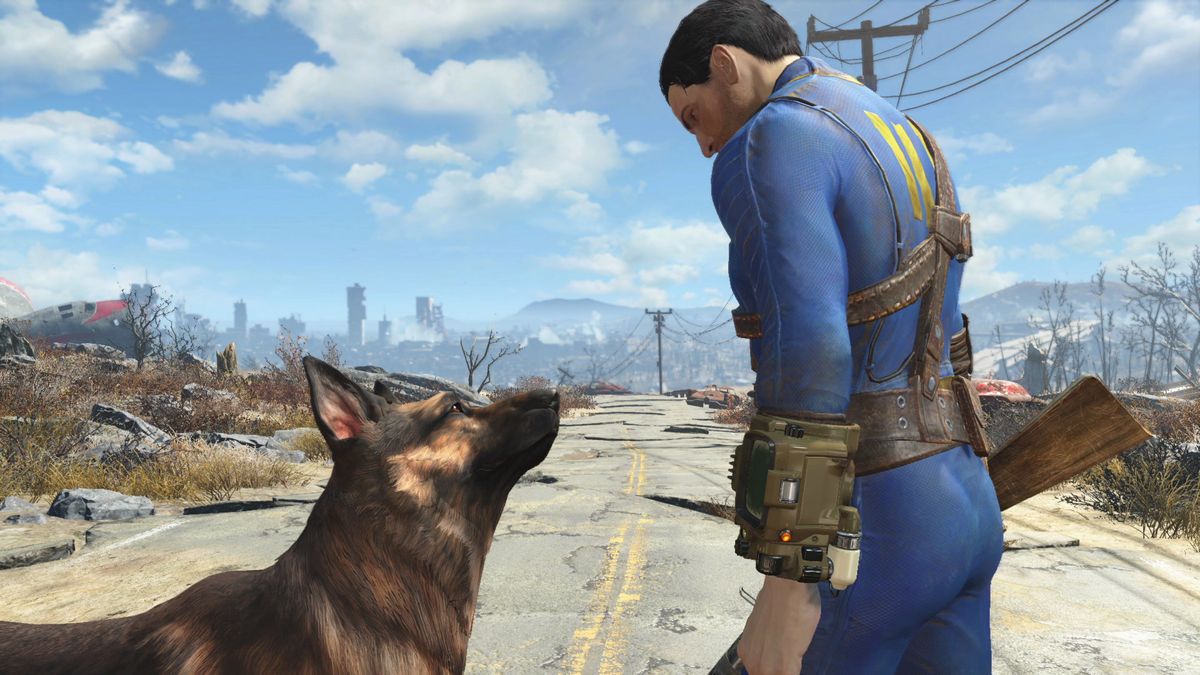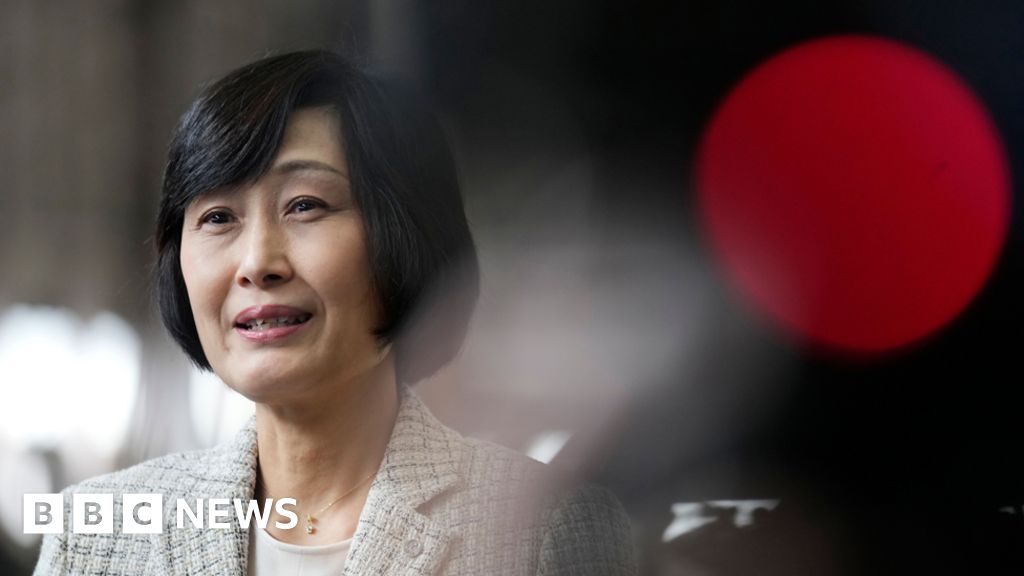
SSPL/Getty Images
Recently, the European Space Agency released the third batch of data from the Gaia satellite, a public catalog that provides the positions and velocities of more than a billion stars. This is our latest attempt to answer some of the long-held questions in astronomy: How do stars (and nebulae) spread across the sky? How many are there, how far away are they, and how bright are they? Do they change in location or brightness? Are there new classes of things unknown to science?
For centuries, astronomers have tried to answer these questions, and this work was painstaking and time-consuming. It wasn’t always easy to record what you can see in a telescope’s eyepiece – if you’re lucky enough to own a telescope at all.
Now imagine the emergence of a new technology that, in its time, provided some of the benefits of the technology that enabled Gaia catalogs. It can record what you see automatically and impartially, and anyone can use it.
That technique was photography.
This article tells the story of how photography changed astronomy and how hundreds of astronomers formed the first international scientific collaboration to create the Carte du Sel (literally, “map of the sky”), a complete photographic survey of the sky. This collaboration resulted in a century-long struggle to process thousands of photographic plates taken over decades, as the locations of millions of stars were manually measured to make the largest catalog of the night sky.
Unfortunately, the Carte du Ciel project came at a time when our ability to collect measurements of the natural world was not matched by our ability to analyze them. While the project was in progress, new tools made it possible to study physical processes in distant celestial bodies, luring scientists away from surveying by providing the opportunity to create new models to explain the world.
For the astronomers working on the Carte du Ciel, no model had yet existed that could abstract the positions of millions of stars into a theory of how our galaxy evolved; Instead, the researchers only had a hunch that photographic techniques could be useful for mapping the world. They were right, but it took more than a century and the careers of many astronomers for their intuition to pay off.
Photography and astronomy
SSPL/Getty Images
It was astronomer and explorer François Arago, head of the Paris Observatory, who announced to the world the photographic techniques of Louis Daguerre. Daguerre, based on the work of Nicéphore Niépce, discovered how to make permanent images on metal plates.
For centuries, astronomers have struggled to record what they saw in the night sky with hand-drawn notes and drawings. Given the distorting optics of old instruments, it wasn’t always easy to draw what you can see. You may “notice” things that weren’t there at all; Those channels and vegetation on Mars that poor Schiaparelli painted from the Milan Observatory were nothing more than an optical illusion, caused in part by the turbulent atmosphere. Only a few highly trained astronomers, such as Caroline and William Herschel, were immediately able to discover a new star in a familiar galaxy – a sign of a distant catastrophic event?
Photography can change all that. Arago immediately recognized the huge potential of this technology: images captured at night could be comfortably and quantitatively analyzed in daylight. Measurements can be accurate and can be checked frequently.
Daguerre received a pension and allowed Arago to open source details of his actions, resulting in an explosion of photo studios in Paris and around the world. But as it turned out, Daguerre’s method wasn’t sensitive or practical enough to capture anything other than the brightest stars, the sun, or the moon. The next hot new technology, wet collodion emulsions, wasn’t much better; The plates will dry out during the long exposure required to capture faint astronomical objects.
Astronomers had to wait 40 years, until the 1880s, for highly sensitive dry photographic plates to finally become available.

“Unapologetic reader. Social media maven. Beer lover. Food fanatic. Zombie advocate. Bacon aficionado. Web practitioner.”






More Stories
Boeing Starliner astronaut's first flight: Live updates
Strange spiders spread in the Inca city on Mars in amazing pictures
Cambridge scientists unveil a new theory about the origins of the building blocks of life